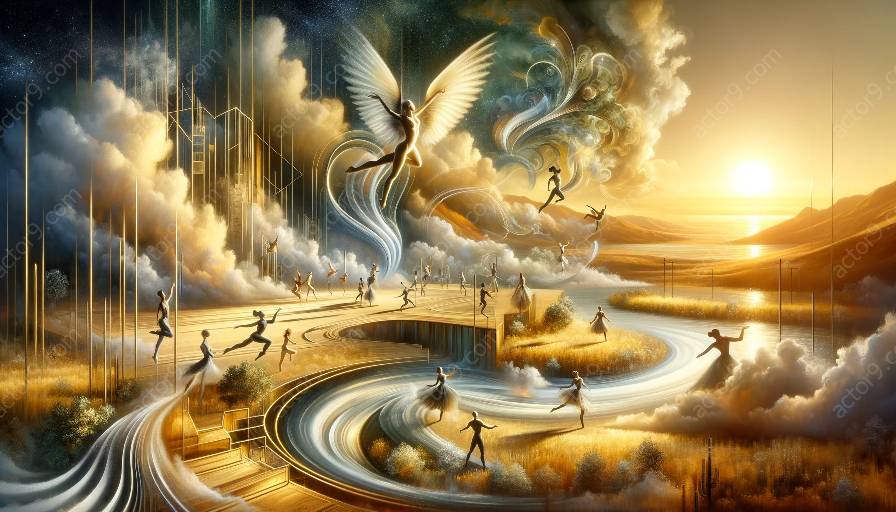When examining the intersection of physical theatre and circus arts, it becomes evident that the key elements of movement and physicality play a central role in shaping captivating performances. In this article, we will delve into the dynamics, expression, and storytelling that define the art of circus and how it is influenced by physical theatre.
Understanding Physical Theatre
Physical theatre is a form of performance that emphasizes the use of the body as the primary means of storytelling. It merges elements of dance, mime, and gesture to convey emotions, narratives, and ideas without relying heavily on spoken dialogue. Physical theatre practitioners often focus on body language, movement dynamics, and spatial awareness to create compelling and immersive experiences for the audience.
Key Elements of Movement in Circus Arts
Circus arts encompass a wide range of disciplines, including acrobatics, juggling, aerial acts, and clowning, all of which require a high degree of physicality and coordination. The key elements of movement in circus arts are characterized by fluidity, strength, agility, and precision. Performers exhibit exceptional control over their bodies as they execute breathtaking maneuvers and sequences, captivating audiences with their grace and skill.
Influence of Physical Theatre on Circus Arts
Physical theatre has significantly influenced the art of circus, bringing a deeper understanding of movement dynamics and expressive storytelling to the performances. By integrating physical theatre techniques, circus artists are able to infuse their acts with heightened emotional depth, nuanced characterizations, and symbolic gestures, elevating the overall impact of their shows.
Expressive Dynamics in Circus Performances
Physicality in circus arts extends beyond the technical prowess of the performers; it encompasses the expressive dynamics that convey meaning and evoke emotional responses from the audience. Through nuanced gestural language, intentional body language, and spatial awareness, circus artists create captivating narratives and explore themes of human connection, struggle, and triumph.
Storytelling Through Physicality
At the intersection of physical theatre and circus arts, storytelling becomes a central focus. Circus performances are enriched by the incorporation of physical theatre principles, allowing for the creation of intricate narratives that unfold through the fluidity and expressiveness of movement. Through deliberate choreography and physical communication, circus acts transcend mere spectacle to become immersive and evocative storytelling experiences.
Conclusion
Understanding the key elements of movement and physicality in circus arts influenced by physical theatre provides a deeper appreciation for the artistry and expression inherent in these performances. By recognizing the intersection of physical theatre and circus arts, one can truly grasp the intricate blend of athleticism, creativity, and emotional resonance that defines this captivating form of entertainment.




































